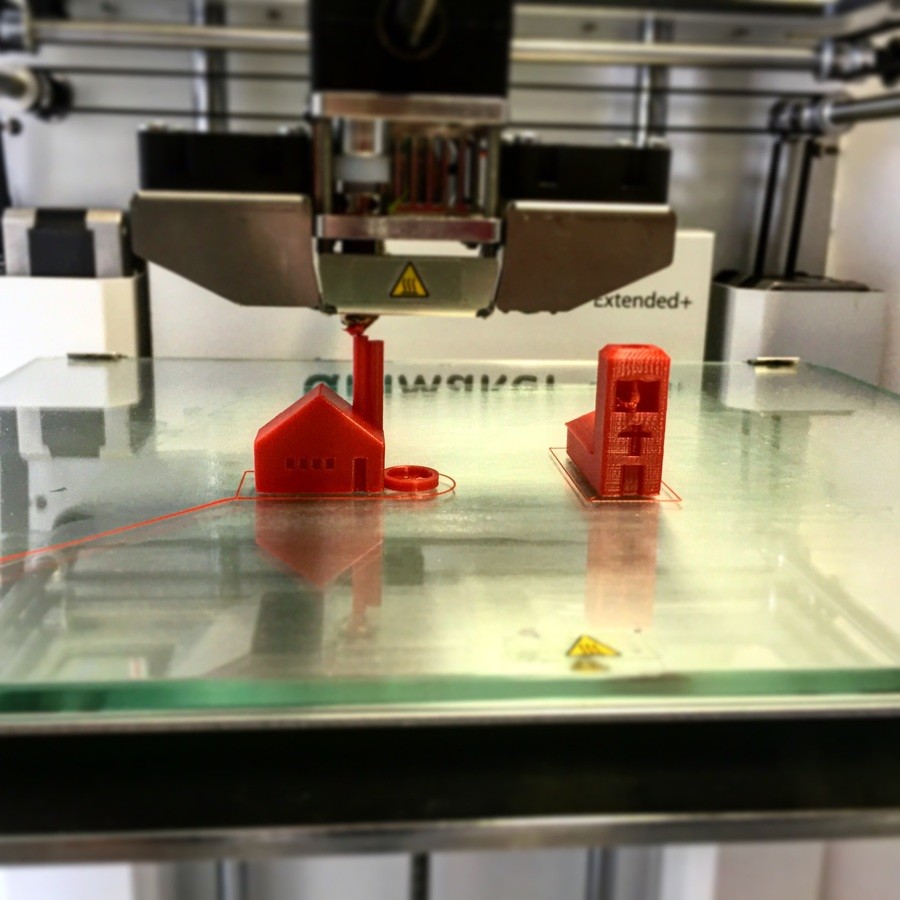
3D Printing in Architecture
As we step closer towards the future, we see the rise and spread of new technologies like 3D printing. For architecture, 3D printing has been a particularly interesting arc to follow. With the flexibility of materials used and new designs made possible by a 3D printer or 3D printing-inspired techniques, many firms have started experimenting with the limitations and possibilities.
From pouring mobius strip shaped houses to fabricating new designs for steel doors and windows, 3D printers have expanded the roster of possible shapes, forms, and structures that architects are able to work with. In particular, we’re seeing a lot of odd shapes and nature inspired themes.
The odd shapes come from the new wealth of possibility. The nature inspired forms, however, demonstrate how architects are turning towards natural forms and shapes in an attempt to mimic their efficiency, conservational properties, and overall reduction of waste.
While much of the work being done with 3D printers is limited to architecture firms and industrial purposes, there’s a lot of buzz and excitement in the community about how else this technology might be employed. We’re seeing conversations about producing whole sections of a city, affordable housing, rethinking the way we design everyday products. There’s a lot of potential and people are excited to see how 3D printers reshape some parts of the design world.
What Is 3D Printing
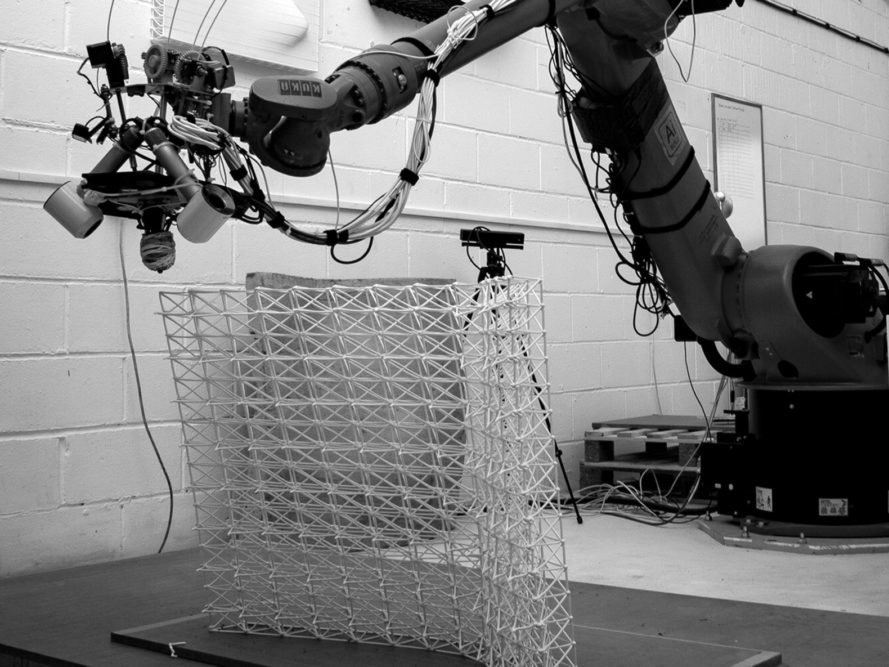
With the popularity of 3D printers even on a small scale, most people are familiar with the basics. 3D printing is exactly what it sounds like, you put some designs into a computer, connect to the printer, and it ‘prints’ a three dimensional model of whatever shape or design you input.
To break it down a bit more, 3D printing is very similar to CAD modeling. CAD, or computer-assisted design, involved having a computer laser cut shapes from wood, plastic, or metal and then using those shapes to put together your 3D model. For 3D printing, the shapes and forms are built through layering plastic or fused powder until the entire model is completed.
The major difference here is that 3D printing produces a complete model, and it’s often a lot cheaper and easier to do than CAD modeling or traditional modeling, which involved essentially carving and sculpting whatever design you were looking for.
In the current state, 3D printing has a couple of benefits and downsides. It’s cheaper, faster, and more lightweight than a lot of other modeling options, which makes it ideal for people that go through multiple iterations of modeling or that need multiple models. On the other hand, the coloration and textures are limited on initial models, and the overall quality might lag behind a more expensive alternative.
How Are People Using 3D Printing?
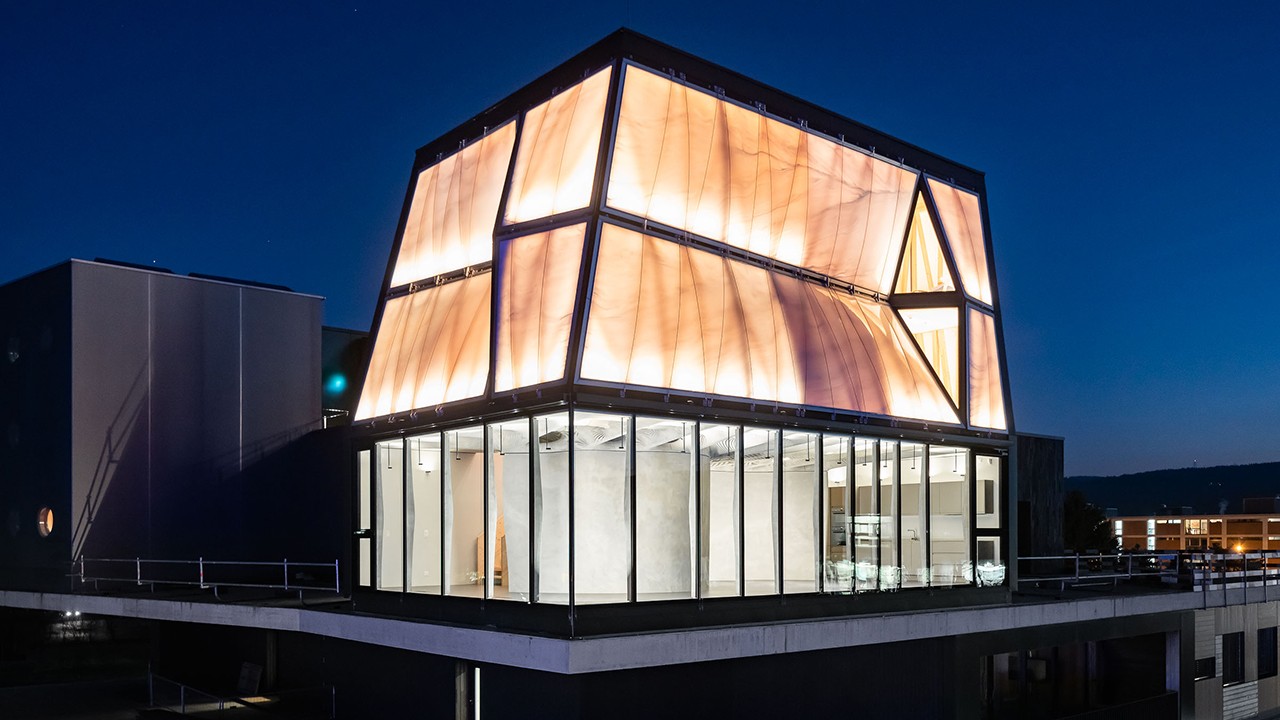
We can see a wide range of applications already at work in examples like the mobius home or even our work at Portella using 3D printing to expand the range of styles and shapes we can produce in our products.
But simply reimagining shapes doesn’t fully encompass the possibilities a 3D printer represents for architecture and design. As we mentioned earlier, there are many firms looking at how changes to traditional materials and implementation could effectively resolve much of the cost and waste of modern construction.
In some cases, we’re even seeing the return of more artistic styles of design and development replacing the prefabrication and mass production techniques that have dominated much of the last century. Let’s look at some examples:
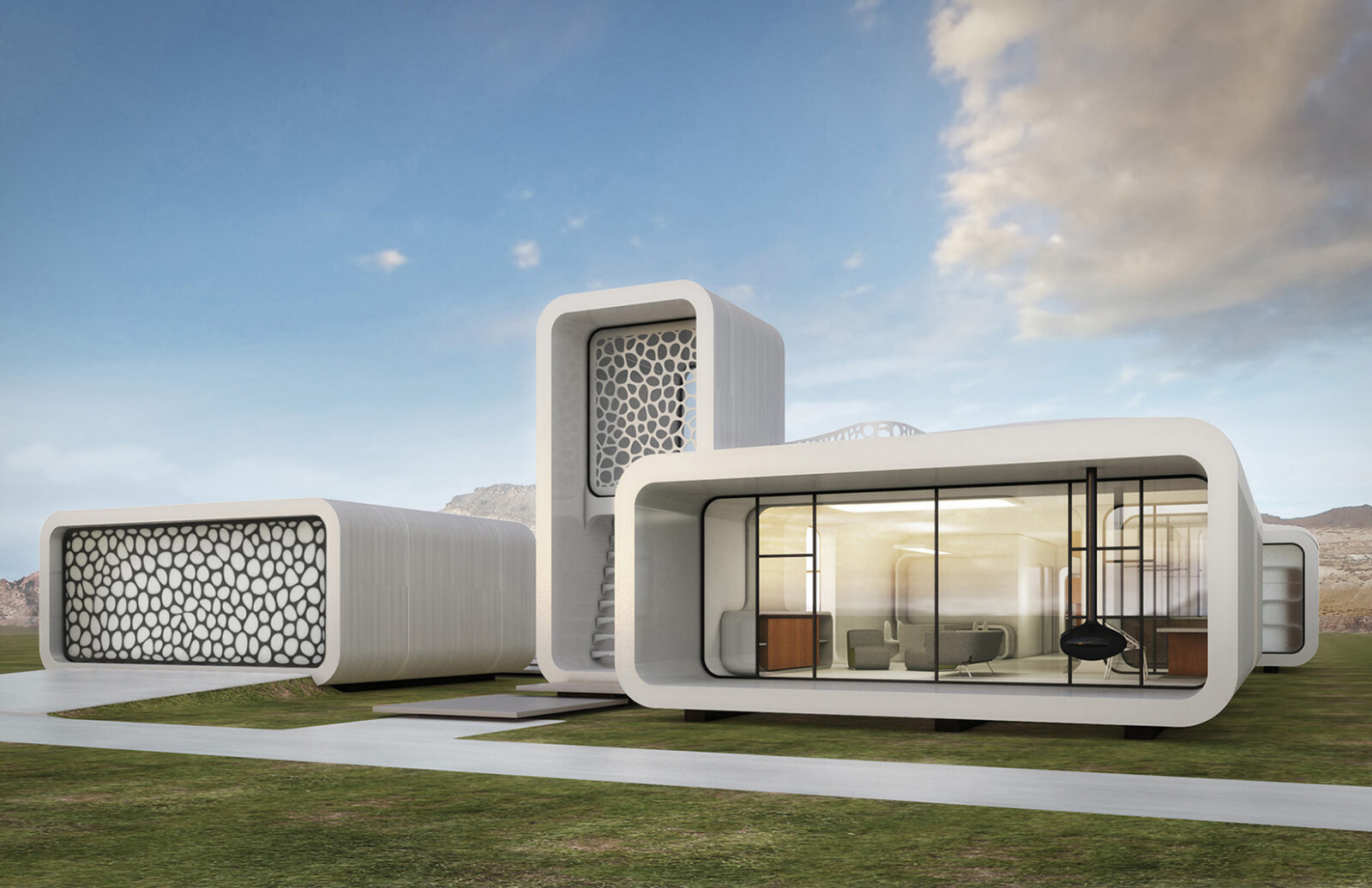
- Environmental Gains
One of the most exciting developments in 3D printing is the use of more natural materials, or designs, that allow for more environmentally conscious building techniques.
For example, the Gaia house by WASP features the use of 3D printing and raw earth materials to construct most of the structure. Here, we see just one example of how relying on the raw earth component significantly reduces the building material requirements, putting less strain on every leg of production that’s usually associated.
As their page touts, this was a ripple effect on the production chain of construction and building, reducing overall emissions and waste by simplifying and innovating the construction process through 3D printing. Likewise, many other firms and builders are seeing similar benefits.
Even for more traditionally constructed 3D printed buildings that don’t incorporate shapes and materials that further enhance environmental benefits, it at the very least results in a reduced overall cost. Less shipping costs for materials, less building costs on excess construction equipment, and lower total emissions from all aspects of the construction process.
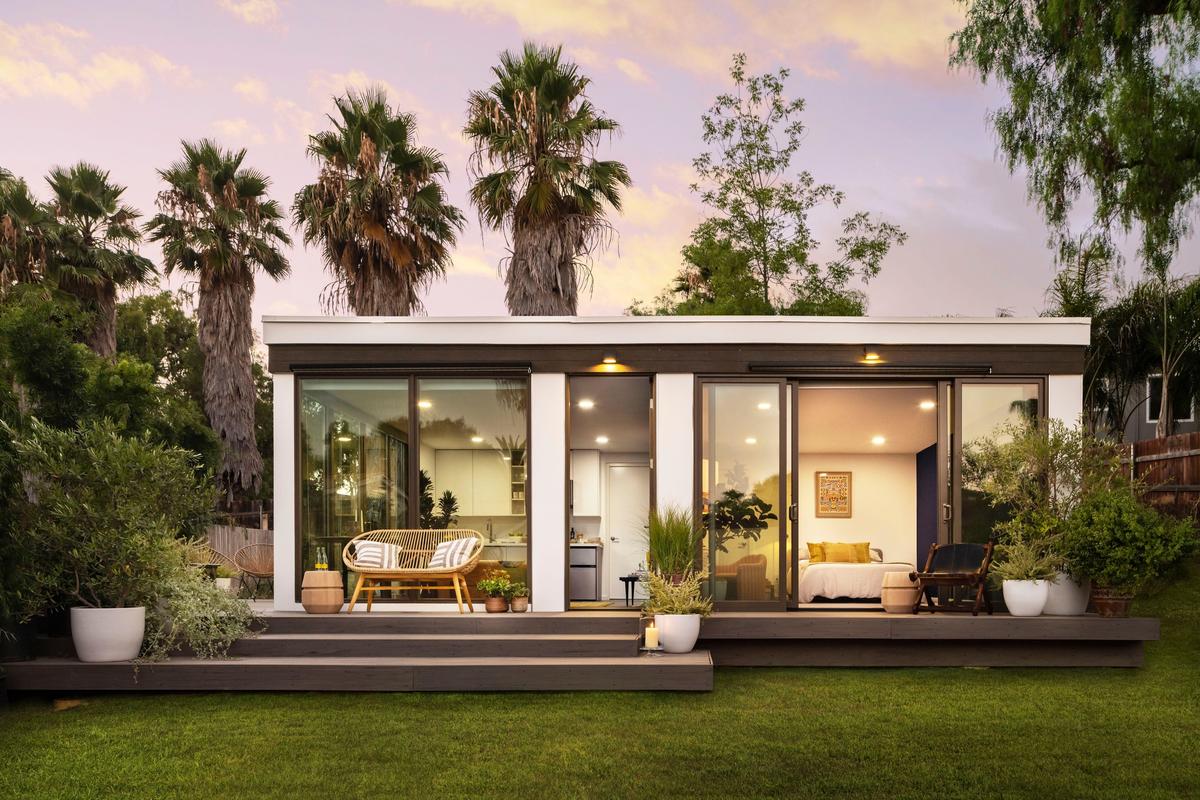
- Creativity Rebounds
Another major shift 3D printing offers is the move towards a more creative architectural field. Nobody stopped producing creative projects or innovative designs, but 3D printing is like adding a new color to an artists palette.
As we see here, many artists and creative design teams are finding ways to incorporate 3D printing into full structure, partial structure, and interior design projects that showcase the full range and flexibility of this new tool.
When we see the eco-conscious developments align with artistic endeavors, we can see some truly beautiful works emerge. Structures that incorporate the strange shapes and designs now made possibly by 3D printing, while also creating spaces for environmental study and research.
![]()
- Socially Conscious Development
Due to the reduced cost, flexibility of building materials, and essentially more fully realized availability of 3D printed housing, there have been many projects designed to provide extremely affordable housing to help curb homelessness in places around the world.
That’s not to say 3D printing has solved homelessness or that you can just print free houses all the time, clearly the issues at hand are more nuanced and complicated than that. However, the existence of 3D printing, and the supporting evidence we do see in the limited projects working towards these more social causes, means that these real solutions might be closer than we think.
Whether it’s homelessness or rethinking how urban environments are meant to support a growing population, 3D printing is more representative of how technology can shift aspects of construction and urban planning. Opening up the range of design options, we can use space more efficiently and reduce the overall material and financial cost associated with housing.
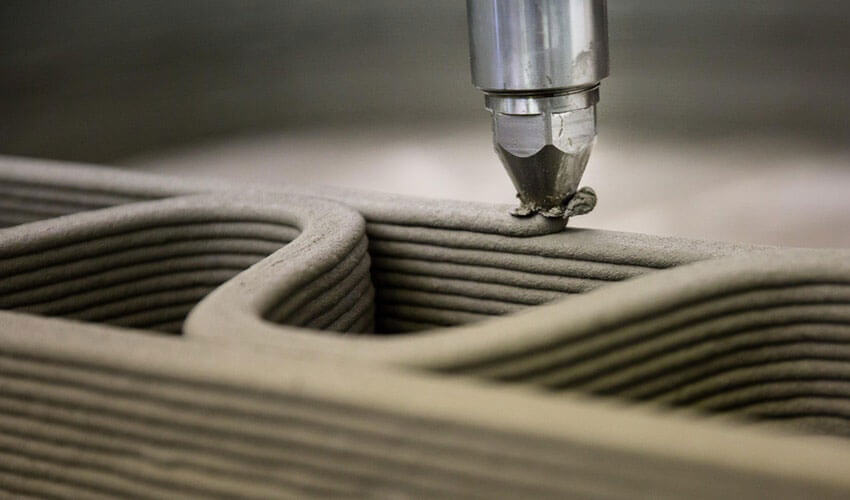
- Simplifying Current Processes
Finally, we have a smaller scale impact for 3D printing. While 3D printing whole cities might be a figment of the future for now, we are seeing a lot more industrial and professional applications. We’ve already mentioned how it helped us innovate and improve our steel products, and other industries are finding creative uses for this technology as well.
Take the medical industry, for example. A particularly relevant example of 3D printing in the medical industry is all the different pieces of equipment and PPE that has been produced or improved by printed designs. 3D printed models of body parts are perfect for the classroom, and imagining out to the future, 3D printed surgical implements, body parts, and prosthetics could be something to look forward to.
For architects and designers, small scale models are an excellent way to showcase ideas or visualize work in three dimensions. 3D printing these models allows for faster model production and more adjustments to be made without an excess time or cost sink.
Future Focused Design
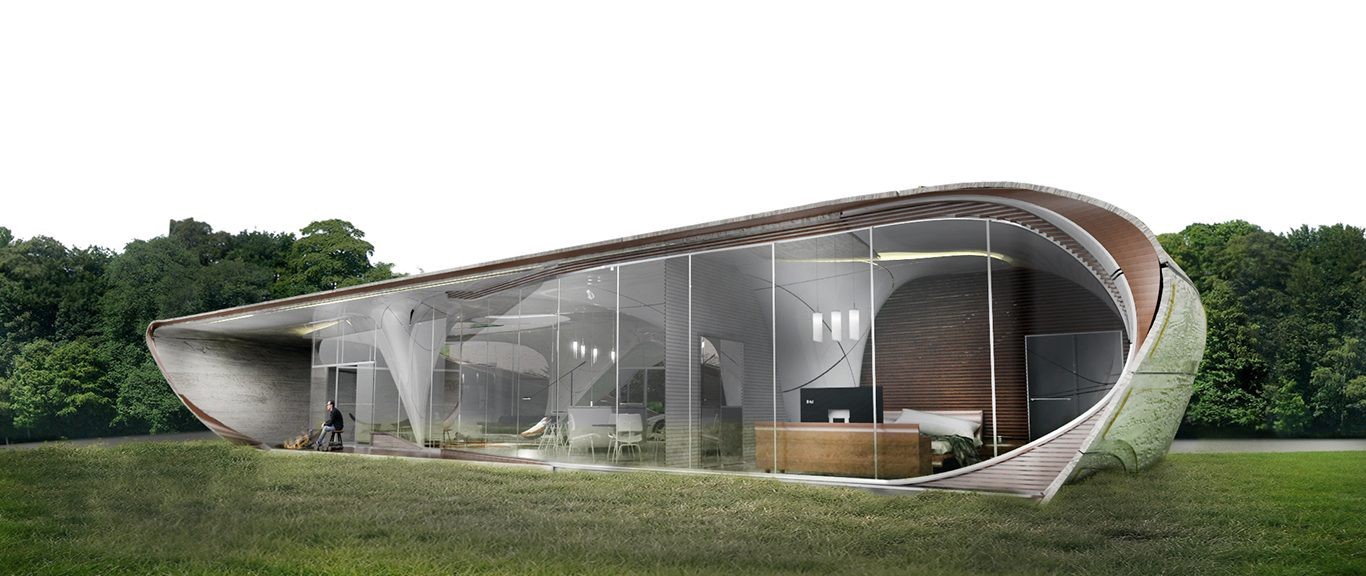
While we’re just short of 3D printing fully reinventing the world as we know it, it’s a promising and so-far-successful look at how a new piece of tech is really making an impact. The fast, more affordable, and less labor intensive work produced by a 3D printer, if nothing else, speeds up production times and adds a bit of efficiency to our present day lives.
It’s an exciting exercise in creativity and practicality, which is why architecture seems so well suited for adapting 3D printing tech to different aspects of the industry. Of course as the technology becomes more widespread and we see more evidence of its success, other industries will begin to adopt it as well, finding new and innovative ways to improve processes.
If you want to hear more about how we use this technology to produce custom steel doors and windows, or aid architects during partnered projects, we’d love to talk with you and showcase some of the styles we offer!
Leave a Reply